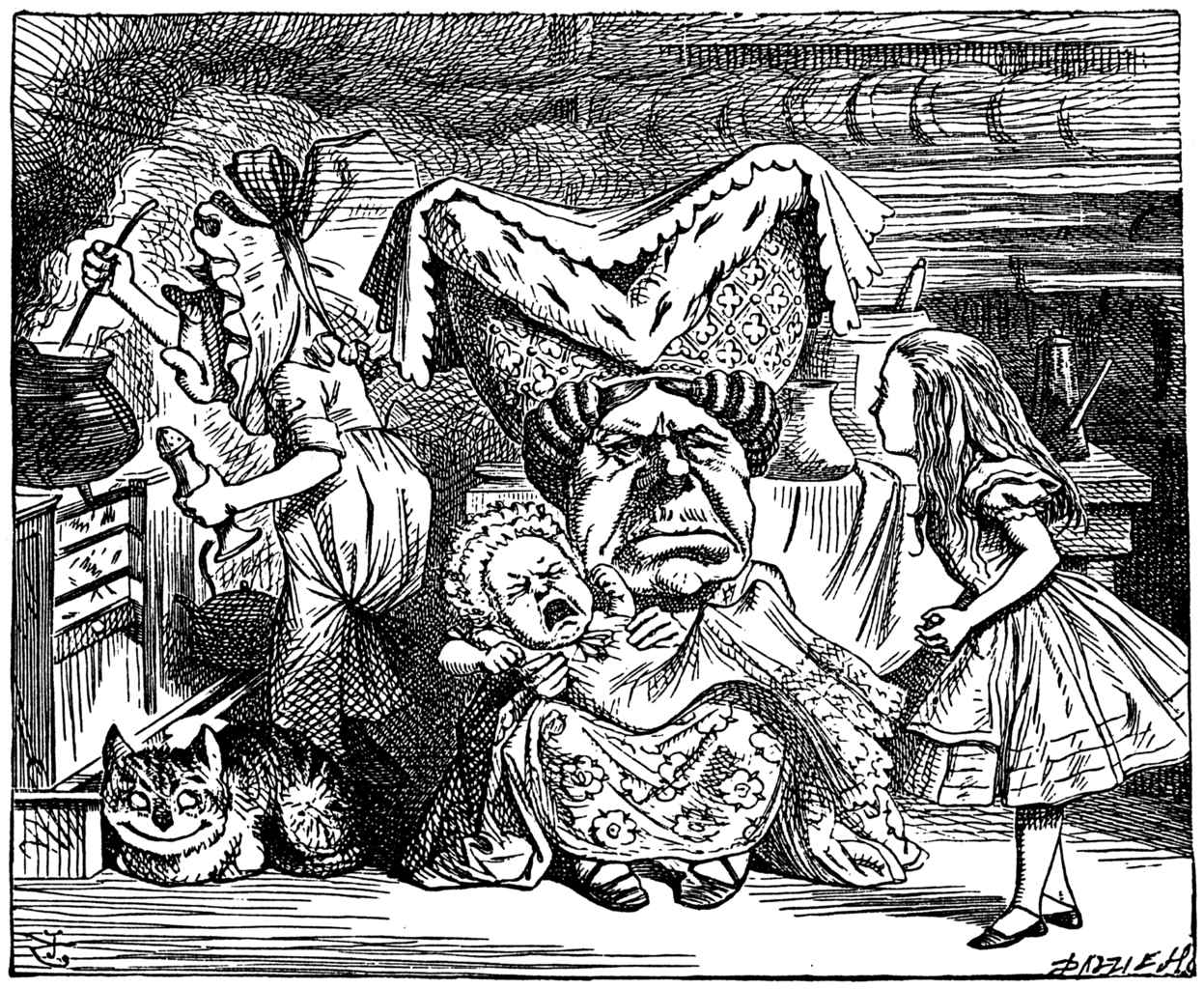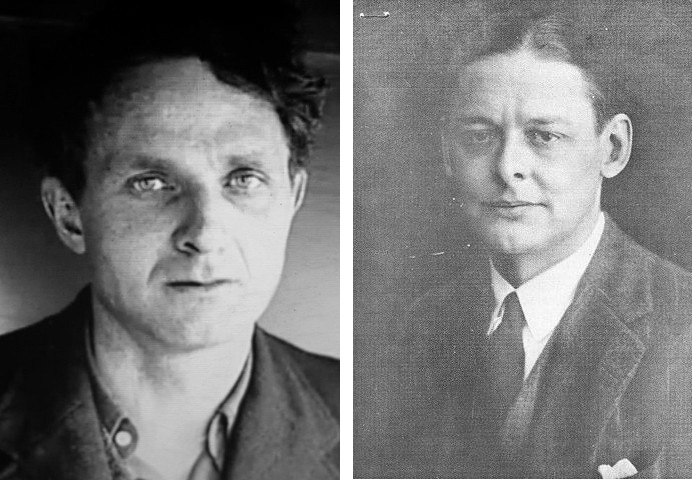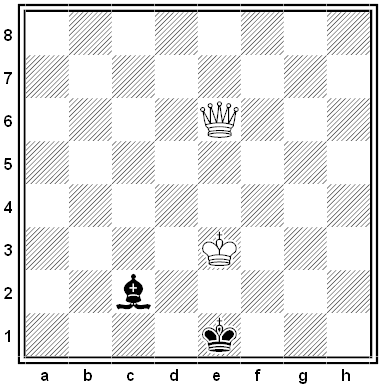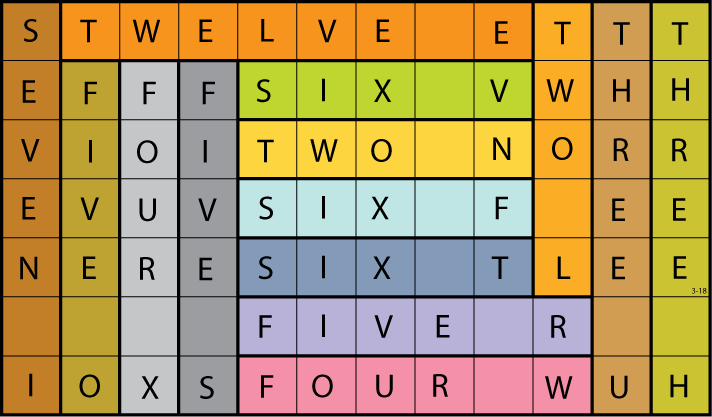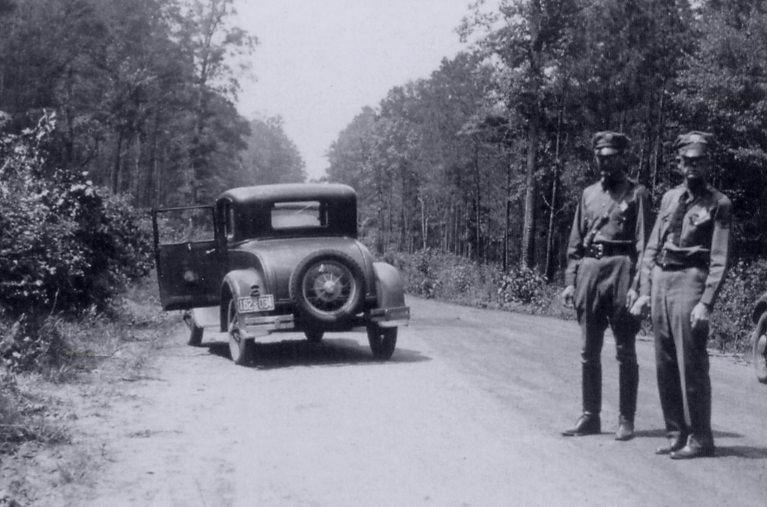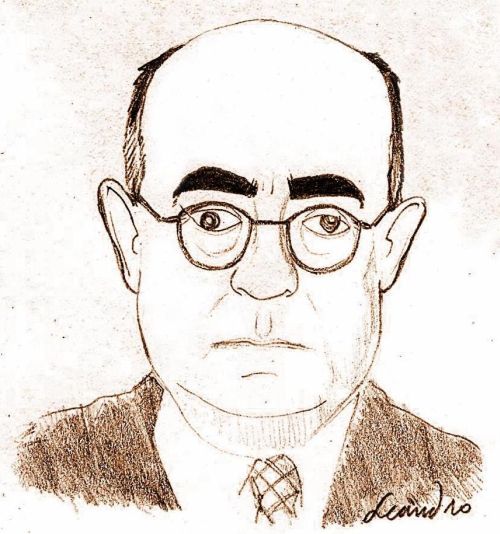
In 1947 Theodor Adorno devised a test to measure the authoritarian personality — he called it the F-scale, because it was intended to measure a person’s potential for fascist sympathies:
- Although many people may scoff, it may yet be shown that astrology can explain a lot of things.
- Too many people today are living in an unnatural, soft way; we should return to the fundamentals, to a more red-blooded, active way of life.
- After we finish off the Germans and Japs, we ought to concentrate on other enemies of the human race such as rats, snakes, and germs.
- One should avoid doing things in public which appear wrong to others, even though one knows that these things are really all right.
- He is, indeed, contemptible who does not feel an undying love, gratitude, and respect for his parents.
- Homosexuality is a particularly rotten form of delinquency and ought to be severely punished.
- There is too much emphasis in college on intellectual and theoretical topics, not enough emphasis on practical matters and on the homely virtue of living.
- No matter how they act on the surface, men are interested in women for only one reason.
- No insult to our honor should ever go unpunished.
- What a man does is not so important so long as he does it well.
- When you come right down to it, it’s human nature never to do anything without an eye to one’s own profit.
- No sane, normal, decent person could ever think of hurting a close friend or relative.
Adorno hoped that making the questions oblique would encourage participants to reveal their candid feelings, “for precisely here may lie the individual’s potential for democratic or antidemocratic thought and action in crucial situations.”
“The F-scale … was adopted by quite a few experimental psychologists and sociologists, and remained in the repertoire of the social sciences well into the 1960s,” writes Evan Kindley in Questionnaire (2016). But it’s been widely criticized — Adorno and his colleagues assumed that any attraction to fascist ideas was pathological; the statements were worded so that agreement always indicated an authoritarian response; and people with high intelligence tended to see through the “indirect” items anyway.
Ironically, the test’s dubious validity might be a good thing, Kindley notes: Otherwise, “If something like the F-scale were to fall into the wrong hands, couldn’t it become a vehicle of tyranny?”

